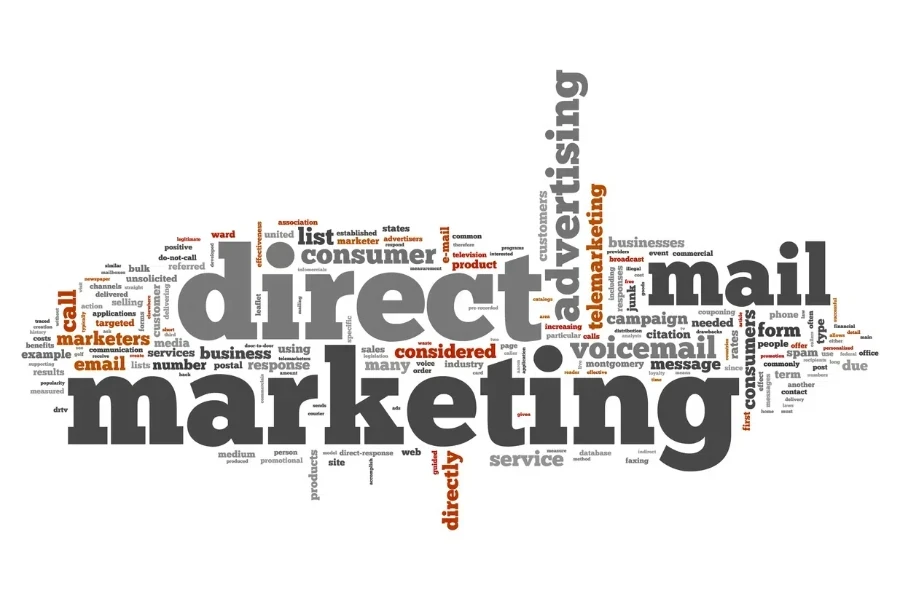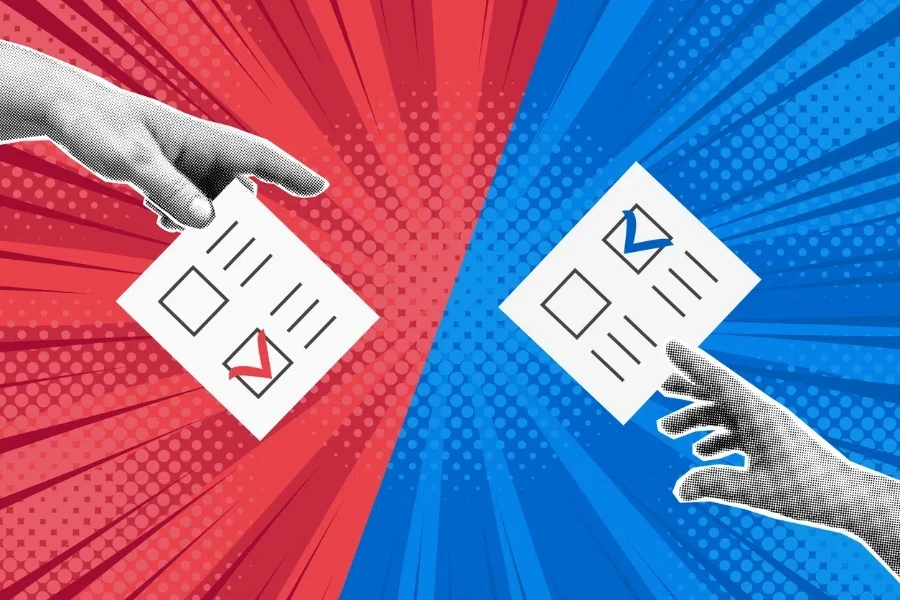Upstream and downstream marketing are two sides of the same coin—and while they may have their differences, they are both highly integral. They describe where the marketing tactics focus in the customer journey and value chain. Businesses should therefore realize the importance of each and know how and when to implement them in the sales process.
Let’s explore in more detail what upstream and downstream marketing are and how they can be used to boost your sales in 2025.
Table of Contents
Upstream marketing
Downstream marketing
Upstream vs. downstream marketing
How to use both approaches together?
Conclusion
Upstream marketing

This proactive approach works on the initial phases of a consumer’s journey. It anticipates what customers want and fulfils their unmet needs through innovative thinking. The basic strategies involve market research, competitor analysis, and spotting the market gaps. It isn’t solely about building a brand. Instead, it’s more about laying a solid foundation for market engagement.
Upstream marketing is like looking down at the river from the top. You stand on top to prepare to catch the upcoming fish. Key activities at this stage include social media engagement, developing educational content, and establishing thought leadership. Do you know that 65% of businesses already deploy thought leadership in their content marketing plans? This shows the critical role of thought leadership and signals more companies to adopt the strategy.
A bird’s eye view allows businesses to be well-prepared for upcoming challenges, thus giving them a competitive edge.
Measuring the performance of this marketing approach is a challenge. It requires constant efforts over an extended period to retain customers and attract a specific market segment. With this plan in place, businesses can move to solidify the downstream process.
Downstream marketing

Downstream marketing is placed later in the marketing plan. It’s a reactive approach focusing on short-term sales when customers are close to making a purchase. This includes tactics like personal selling, email marketing, and sales promotions. A factor that stands out about these tactics is their instant implementation. Strategies like flash promotions are readily applied and bring instant results.
One of the primary goals of these direct campaigns is converting prospects into customers. About 75% of the businesses reported a high ROI (return on investment) from direct campaigns. This figure emphasizes the importance of targeted approaches and how they drive sales.
Navigating the world of marketing requires a two-tier approach. Sales teams can use their knowledge of consumer behavior to create a sustainable marketing strategy. Meanwhile, downstream marketing methods can help turn potential prospects into customers through tactics like direct advertising.
Upstream vs. downstream marketing

So far, it’s clear that both marketing methods play unique roles in a company’s marketing strategy. When they work together, they build campaign bones at the initial stages. Upstream looks at the larger picture and creates a long-term plan. The activities involve conducting market research and evaluating the reaction from the target audience at every stage of the product lifecycle.
Meanwhile, downstream marketing adopts a tactical approach. The activities involved focus on instant customer satisfaction through direct channels like emails or in-person interviews.
Each marketing strategy has its distinct success metrics. Metrics like social media statistics or brand awareness measure the upstream efforts. Conversely, measuring downstream marketing involves calculating conversions via tactics like sales emails.
None of these approaches is more important than the other—because striking balance between the two is what helps companies to succeed. The upstream marketing aims to lay a cohesive groundwork. On the other hand, downstream marketing builds on this ground to drive sales and satisfy consumers. Marketing and sales teams should know the key concepts of each to ensure a smooth product development lifecycle.
How to use both approaches together?

When the two marketing methods work together, they flow like a river, creating an incredible business sales stream. The critical upstream marketing activities merge with downstream marketing strategies to promote sales. Here are the steps to follow when blending both approaches:
- Align strategies: Look how upstream and downstream efforts combine with your company objectives. This makes the process seamless. From targeting the customers to fulfilling their needs—everything falls into place!
- Identify target audience: A surefire way to sustained growth is knowing your target customers. Tailor your messages and marketing strategies to the desired audience. The upstream marketing looks at the broad audience groups, while downstream marketing works on specified groups.
- Monitor performance: Knowing the outcomes is key to determine if your marketing efforts are on the right track. It helps to understand if the capital is fruitful enough and how to adapt the strategies for better results.
- Constant upgrading: Staying in the learning loop and implementing new findings is vital to make the most out of your marketing mix. It effectively uses campaign assets and allows the sales teams to design a competitive plan.
- Review and modify: Most businesses fail to realize the importance of this marketing element. Knowing what people feel about the marketing efforts and current market trends can help them design a new game plan. Upstream marketing identifies the gaps that could help achieve future success. And downstream marketing allows the creation of tactics for immediate sales.
Brands have repeatedly used the two methods together, setting examples for others. Nike worked on its upstream marketing by studying customer interests, leading to innovative products like Nike Flyknit shoes for sustainability-conscious consumers. They adopted downstream marketing when they ran their “Just Do It” campaigns targeting customers ready to purchase sportswear or gear.
This is an example of how a brand uses both approaches in product development and sales. Wholesalers and retailers can follow this approach of in-depth research + immediate sales efforts to attract more prospects.
Conclusion

While it may be true that there could be obstacles with both upstream and downstream marketing, these can be overcome. Combining education, flexibility, and resilience will ensure businesses benefit the most from applying these strategies together.
Both processes ask for a firm understanding of customers, as the main purpose of these is to have a refined plan in place that is tailored to your market. Once businesses get this right, these approaches will boost your success and raise your bottom line.




